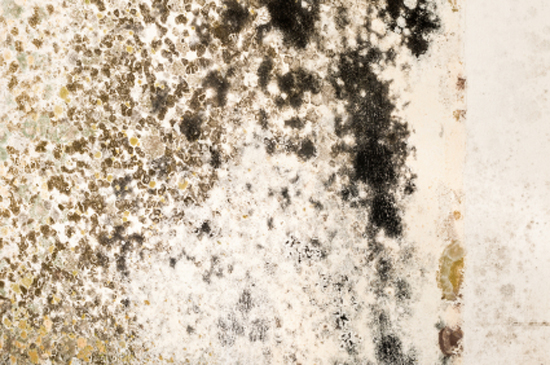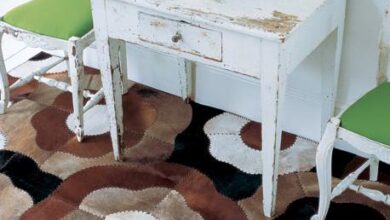Top tips to prevent mould in your home

From too much humidity to poor ventilation, there are plenty of reasons why mould might start to grow in your home. Due to the health hazards associated with mould, it’s important that you deal with it before it grows out of control.
In this guide, we cover everything you need to know about mould and how to fix a mould problem in your home.
What is mould and what causes it?

Mould is a type of fungus that develops in damp and humid conditions. It can grow around your home, and can look like spots of various colours (often black or brown). It also has a musty smell.
Mould moves through the air in the form of miniature spores that attach to damp, wet areas in your home, often as a result of a leak. The rooms most prone to developing damp are basements, bathrooms, kitchens and attics, and on materials like wood, wallpaper or leather, which hold a lot of moisture.
Both mould and damp are caused by excess moisture in your home. This can happen due to leaking pipes, rain seeping in through windows or a damaged roof, or even from rising damp from a basement. Too much condensation will usually result in mould developing, so poorly ventilated homes are also at risk of developing a mould problem. Rising damp is also a sign that your internal walls may be damaged, perhaps due to leaks in the water pipes inside your walls or underneath your bathroom.
What are the health hazards of mould?

Most people are aware that mould can be dangerous, and should be removed if spotted growing in your home. In particular, mould is harmful for children and the elderly, as well as people with breathing problems such as asthma and allergies. However, mould can affect everyone, as it produces allergens and other toxic substances that are harmful for humans.
Breathing in or touching mould spores can cause an allergic reaction, triggering coughing, sneezing and asthma attacks. Other symptoms include a runny nose, skin rashes and red eyes.
How do you clean mould?
Normal cleaning products are not enough to tackle mould, you will need to buy a specific mould spray. Make sure you use eye protection and gloves whilst cleaning, as well as a mask covering your nose and mouth.
Keep in mind that this is only a short-term solution. Scrubbing mould off fails to tackle the mould that grows deep into your walls, spreading through your brickwork. As well as this, if you continue to live in a high-condensation and moisture filled home, mould will inevitably grow back. To ensure mould doesn’t come back, you need to tackle the causes of mould. A mould control specialist can help you deal with your mould before it grows out of control.
How can you prevent mould?

In order to prevent mould from developing in the first place, there are a few tips you should follow:
- Make sure your home is well ventilated by opening your windows throughout the day. In particular, make sure your bathrooms and kitchen are properly ventilated when you’re cooking or taking a shower as these are moments when mould is at highest risk of developing due to build up of moisture. This is where extractor fans are particularly effective.
- Keep humidity levels as low as you can within your home. To help you do this, air conditioning or dehumidifiers are helpful. You can also buy a meter to monitor your high humidity levels.
- Make sure you are letting natural light enter your home, as dark, moist spaces help mould grow.
- Fix any leaks in your home’s roof or walls to decrease moisture levels in your home. Key areas to check for leaks are behind your toilets, around your washing machine, and under radiators. If you notice a leak, call a plumber.
- In the case of a flood, act immediately. Clean out and dry your home within 24-48 hours of the flood to prevent mould from developing.
- Avoid drying your clothes indoors. If your home isn’t properly ventilated, then the moisture in your clothes will evaporate and settle on your walls and ceilings, increasing the risk of mould forming. If you have to dry your clothes indoors, make sure the room they are drying in is well ventilated by allowing fresh air in.
- If you can’t remove the mould, get rid of the mouldy material! Getting rid of mould-infested things like carpets, drywall or wood is the best thing to do if you’ve been unsuccessful at removing mould growth there.
- Vacuum your carpets often, and have them professionally cleaned once a year to ensure they are mould free.
- Add mould inhibitors to your paint before painting your walls and regularly clean your bathrooms with mould-killing products.
- Make sure your home is well-insulated during the winter. This will help keep condensation levels and humidity low, preventing mould from developing.

Mould can be tricky to deal with. You want to make sure you tackle your mould problem as soon as possible to avoid it from growing worse. If you aren’t sure how to deal with your mould problem, we recommend you hire a skilled expert who will be able to help you get rid of any damp or mould growth in your home.



